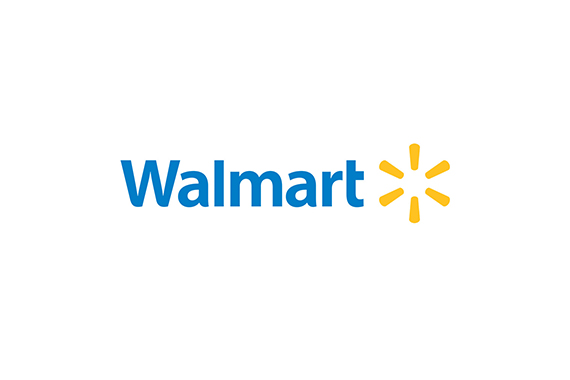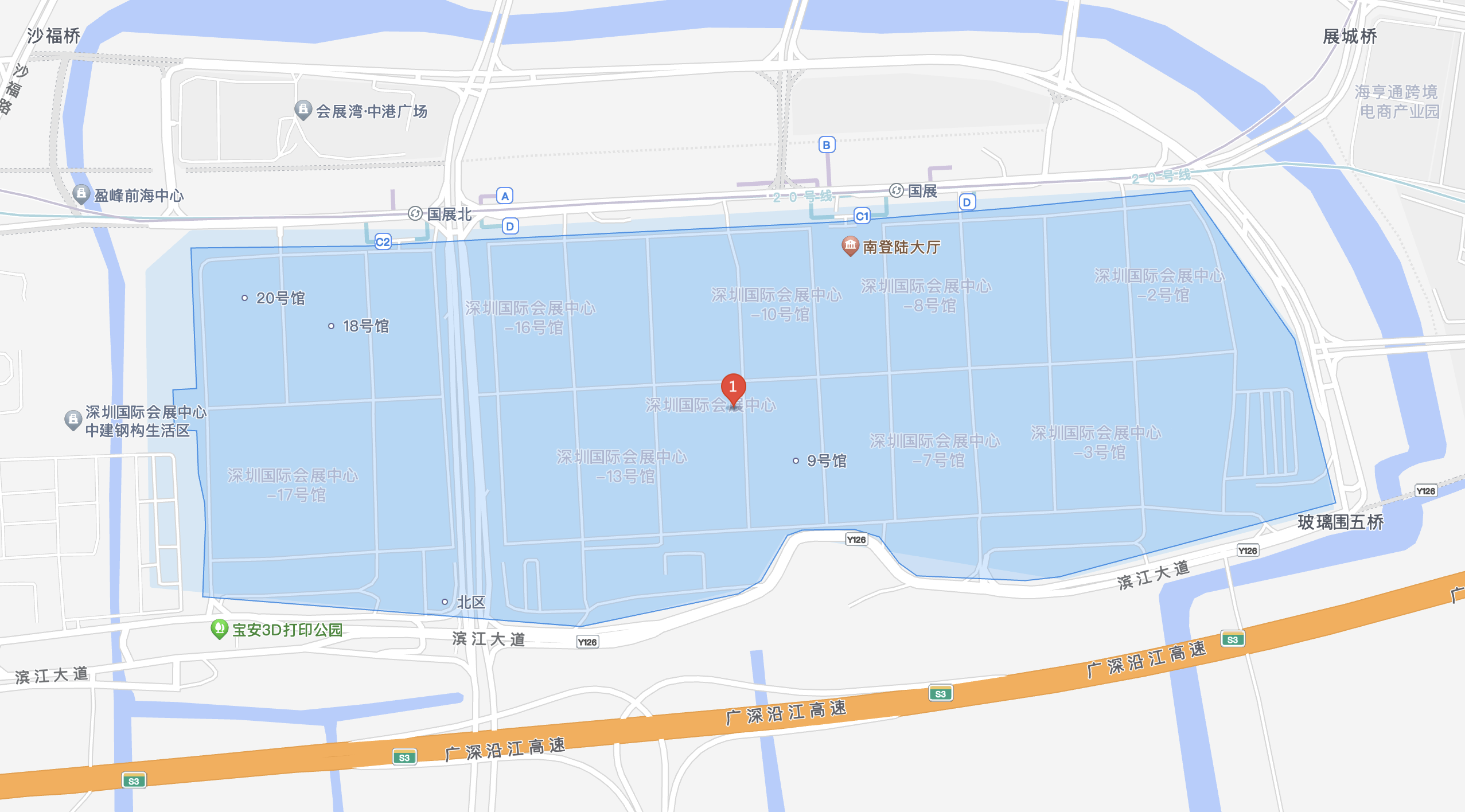Recently, there was a significant news event in the passive IoT community: Walmart and Wiliot are partnering to use Wiliot's passive IoT sensor tags to track Walmart's pallets throughout its supply chain. The goal is to track approximately 90 million pallets by the end of 2026.

For those in the RFID passive IoT industry, this news may interest you in the following topics:
1. Who is Wiliot?
2. What business objectives (what is the demand) does Walmart seek to achieve by using Wiliot's passive IoT sensor tags?
3. Why not adopt an RFID solution?
Let's first discuss who Wiliot is.
In our earlier coverage, we've also featured Wiliot in a dedicated article. Here, we'll briefly introduce it. Wiliot is an Israeli company founded in 2017, headquartered in Caesarea, with customer operations in San Diego, USA.
Wiliot also has a strong fundraising track record. In 2019, it completed a $30 million Series B funding round from investors including Amazon, Avery Dennison, and Samsung. In 2021, Wiliot secured another $200 million in Series C funding led by SoftBank Vision Fund.
Wiliot's core technology product is a passive IoT tag based on Bluetooth technology. This can be simply understood as a battery-free Bluetooth tag. It operates by stimulating the passive tag using energy from the environment, such as a Bluetooth gateway.
Now that we've introduced Wiliot, let's discuss Walmart's business objectives with its adoption of Wiliot's passive IoT sensor tags.
Everyone in the RFID community knows that Walmart is arguably the most important player in the UHF RFID industry, without even mentioning "one of the most important."
As early as 20 years ago, Walmart began planning to use RFID tags to manage its supply chain, which directly spurred the development of the entire UHF RFID industry. While Walmart's widespread adoption of RFID tags only began a few years ago, its adoption is substantial. According to data from the AIoT Star Chart Research Institute, Walmart, as a single user, uses approximately 15 billion RFID tags annually. Global shipments of UHF RFID tags are expected to reach approximately 55 billion by 2024, demonstrating Walmart's influence in the RFID industry.
Since Walmart is such a successful user of RFID, why did it choose a new technology for pallet management? Based on the information I've obtained so far, I've summarized two key points:
First, Walmart seeks real-time management of pallet carriers. Currently, RFID tags are mostly installed with readers and writers at fixed locations like checkpoints, enabling accurate product management based on "whether they are present or not." Wiliot's passive Bluetooth sensor tags may offer better real-time performance (if they don't, Walmart won't adopt them, but I haven't had direct experience with them, so their specific performance remains unknown).
Second, Walmart hopes to leverage richer and more comprehensive data, combined with today's powerful AI capabilities, to accelerate its AI transformation. Indeed, a key objective of Walmart's adoption of RFID is to improve operational efficiency through digitization, and Wiliot's passive Bluetooth sensor tags, with their real-time data collection capabilities, are particularly effective.
Finally, let's discuss why Walmart doesn't use RFID for this specific need.
In fact, using UHF RFID for real-time management of RFID tags attached to items is technically feasible. The "2025 China RFID Passive IoT Industry White Paper" produced by the AIoT Star Chart Research Institute includes a separate section on real-time location management based on UHF RFID.
However, this technology currently has its drawbacks. Firstly, it requires deploying a large number of readers, which is costly. It also has strict requirements for the surrounding environment, such as minimal obstruction and a non-metallic environment, as well as requirements for the correct placement and angle of the tags. These issues have significantly hindered the commercial adoption of UHF RFID for real-time location management.
These two shortcomings are also key evolutionary directions for RFID passive IoT solutions. For cost optimization, this is a commercial option. The current high price of RFID readers is due to low volume, not to the absolute cost being higher than Bluetooth.
To achieve even better reading capabilities, other energy harvesting methods might be added. For example, the 5G-A cellular passive technology currently attracting industry attention not only harvests radio frequency energy but also other energy sources such as light, and also incorporates a capacitor for energy storage.
Of course, this approach will also increase tag costs. In summary, there is no perfect technology, and the specific choice should be based on specific needs.


















